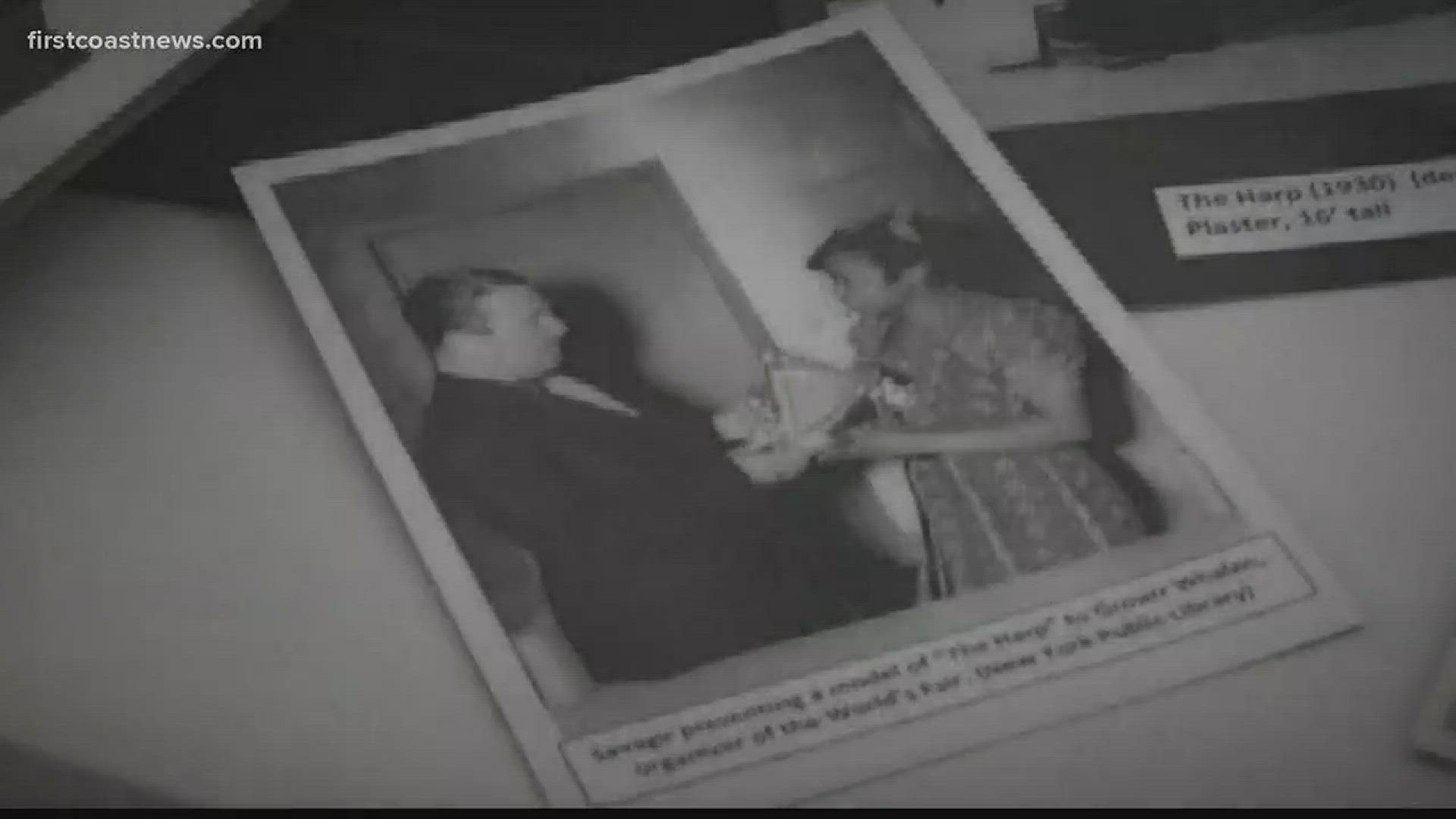GREEN COVE SPRINGS, Fla. -- Sculpting her own destiny. A poor southern girl’s audacity would overcome prejudice and mold major artists of the Harlem Renaissance. Digging in the clay pits of the old brick yard off Houston Street in Green Cove Springs pioneering artist Augusta Savage found her passion and helped to shape the face of sculpting in the 1920s.
"That's our home girl,” said Eugene Francis with the Friends of Augusta Savage Arts & Community Center in Green Cove Springs. “Born and raised right here in Green Cove Springs in 1892. She was one of the major players under the New Negro movement just prior to the Harlem Renaissance."
Francis proudly delves into his hometown hero’s past.
"Her real thing was to depict black folk in all of their beauty and Glory," said Francis.
Savage’s hands have molded more than clay. She has taught several major artists including Jacob Lawrence and Gwendolyn Knight. Her work will continue to make an impression on generations to come.
You’ll find Savage’s name adorning the walls of a sculpture garden at Douglas Anderson School of the Arts surrounded by portrait busts created by students.
"I think that is exactly where she would want her name to be,” said Hope McMath, Director and Founder of Yellow House, an organization dedicated to art and social action. "I just found her to be remarkable. I have been inspired by her strength and tenacity as a black woman sculptor in the south.”
Born and raised in a humble community in Green Cove Springs Savage was exposed by chance to what would make an impression on her future.
"Here in Green Cove you didn't know anything about going to the store and buying play doe you want some clay- you come to the brickyard," said Francis pointing to what is now an empty lot off Houston Street with overgrown weeds and shrubbery.
It was once filled with clay used by Savage to cultivate her imagination and build her talent. Discouraged along the way Savage would encounter gender bias, poverty and racism. Her scholarship to an art school right outside of Paris in 1922 was revoked once officials found out she was a black woman. A turning point that would encourage her to push forward. Savage went on to study art at Cooper Union in New York. During the 1920s she became known as a portrait sculptor. One of her best known pieces was 16 feet tall.
"Some people call it The Harp, some people call it The Voice and some just call it Lift Every Voice and Sing,” said Francis.
Inspired by what’s often referred to as the Negro National Anthem, written by James Weldon Johnson of Jacksonville. Her sculpture was shown at the New York 1939 World's Fair and later destroyed due to a lack of funds to cast it in bronze.
Few of Savages original works remain. Two of them are on display at the Cummer Museum in Jacksonville; The Diving Boy and Gamin.
Her talent and reach are undeniable yet her name so close to home is very much underrecognized.
Savage was also a civil rights activist. She is being recognized this month in her hometown of Green Cove Springs. There will be a festival at Spring Park Saturday, February 24. People are encouraged to attend with their children to learn about Savage’s life and legacy.
In 2019 you can expect to see a six month exhibition of Augusta Savage's work at The Cummer Museum in Jacksonville.

